Free Tropical Runtz seeds on orders over $150!
Indoor gardeners like to make the most of their growing space using various training techniques. It may be quite satisfying when a quality-conscious grower discovers innovations that increase potency and production. Defoliating cannabis plants helps some producers to do this by enabling buds or blooms to develop under optimal circumstances under direct light. In nature, the sun neatly goes from one side of the sky to the other, ensuring that all branches and blossoms receive some natural light.
However, an indoor grow light in an optimized grow environment is generally fixed in place. Only a small percentage of growers employ light movers, which reduce lasting shadows like the slowly moving sun. In an optimized indoor grow space, a dense canopy of leaf cover is impossible to prevent. This can result in long-lasting shadows over nodes or bloom sites. As a result, further growth is restricted, and yields are lowered. Defoliating cannabis increases light penetration while also boosting airflow.
Cannabis plant defoliation may seem straightforward, but it is crucial to note that it does carry some danger. An unskilled grower may be tempted to defoliate a cannabis plant excessively. Slowing development and eliminating healthy bloom sites might diminish eventual output potential. Some producers dispute the basic rationale of cannabis defoliation. Why would a plant spend energy making leaves that are just not needed? Cannabis plants employ their leaves to store nutrients in case they are required, such as during nutrient deficiencies, droughts, or insect infestations.
However, if you cultivate cannabis indoors, part of this extra leaf growth is unnecessary. Perfect temperature or humidity levels and a reduced chance of pests, droughts, and nutrient shortages are two advantages of growing cannabis indoors in controlled settings and ideal growing circumstances. Thus, the dense canopy of light-blocking foliage becomes more of a burden than a benefit for indoor plants.
Cannabis defoliation can be beneficial in these instances. You may assist your plant in making better use of its limited light resources by eliminating part of the excessive leaves. Cannabis defoliation helps airflow around your plants as well. This, in turn, minimizes the possibility of humidity issues and, resulting in the likelihood of pests or mold.
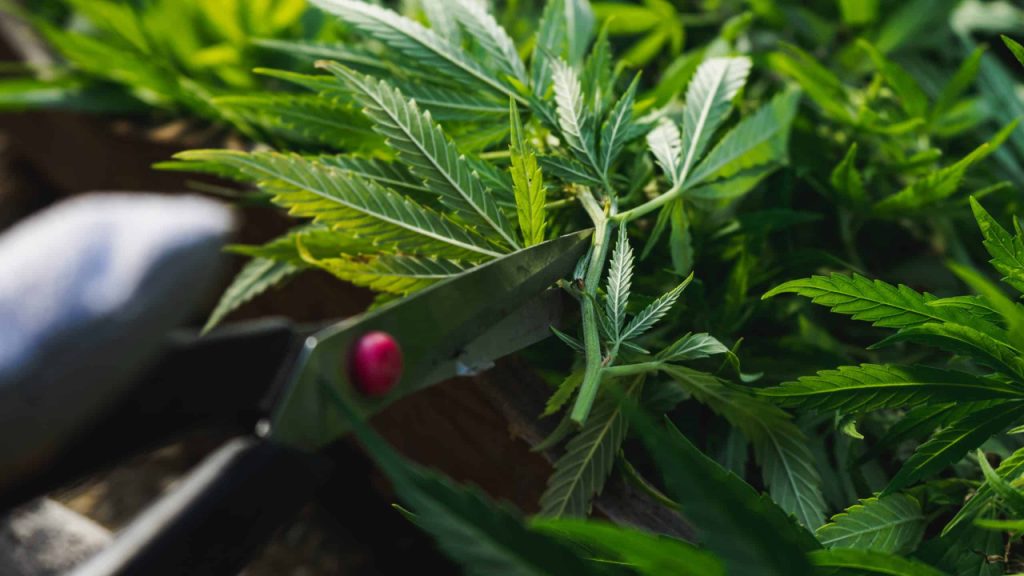
Note, autoflower defoliation requires a little different approach.
The primary reason for defoliating cannabis plants is to remove leaves that otherwise prevent light from reaching emerging bud locations. Most supporters of the practice would argue that they defoliate cannabis to increase yields. Since the buds will develop under optimized PPFD (light intensity levels), potency should also improve. Additionally, defoliation may improve air circulation in and around your grow room. When done correctly, defoliation provides several benefits to your cannabis plant. Among them are the following:
Defoliation has been shown to increase the yields of your cannabis garden. The first focuses on the plant hormone ethylene, which is known to reduce yields due to its potential to initiate aging processes inside plant cells. Ethylene concentrations are greater in older leaves and flowers, such as those at the lower ends of the cannabis plant, by design. Defoliation efficiently nips these leaves and blossoms, causing the plant to produce more. The second viewpoint is centered on defoliation’s capacity to improve leaf exposure to sunshine and air, which directly drives greater photosynthesis, better growth, and higher yields by harvest time.
Increased growth implies more leaves everywhere for cannabis plants. When there is no defoliation for an extended period, the lower and inner regions of the plant have their air circulation blocked off by the numerous leaves around the foliage, which is detrimental to growth since there is minimal gas exchange via the stomata in the leaf. Defoliation can assist in avoiding tragedy in this situation, especially if some of the larger leaves are removed, and regions with more leaves are pruned to promote air passage into other parts of the plant.
Plant leaves and flowers require direct light for various reasons, the most important of which are photosynthesis, quicker development, and resin production. Defoliation aids in the clearing of overgrown plant portions by removing superfluous leaves and exposing others to light. Experts recommend that you choose fresher, younger leaves when selecting spare leaves since older, bigger leaves (typically found lower down the plant) carry out less and less photosynthesis regardless of the quantity of light received.
In addition to pests and fungal infections, bacteria are a big concern while producing cannabis plants. Defoliation can help reduce bacterial infections by improving light absorption and increasing airflow toward the plant. These effects are direct triggers for increased chlorophyll and photosynthesis, which results in higher leaf concentrations of phenols like resveratrol and apigenin. Since these chemicals have inherent immunity-boosting properties, they help the cannabis plant combat bacterial infections.
The key to correctly defoliating cannabis plants is, of course, understanding what foliage to remove. At the same time, knowing when to defoliate is essential. Experts advise defoliating your plants once during veg and once during blossom. If you’re a new grower, only defoliate once throughout veg. If you have more experience, you may want to attempt defoliating many times (given your grow schedule enables enough time for cannabis plants to recover after each defoliation).
Many believe that the optimal time to defoliate cannabis is during vegetative development, possibly a week or two before blooming. This gives your plant time to recoup before the complex biochemical and hormonal changes that occur throughout cannabis blooming. The three primary characteristics of cannabis defoliation to consider during vegetative development are:
If this is your first time defoliating, experts recommend simply defoliating the bottom half of your plant. If you’re unsure whether to remove a certain leaf, let it alone. Remove no more than 10-15% of the leaves from a single plant. If you’re more skilled, experts suggest defoliating from the roots all the way up to 3-4 nodes from the canopy’s top.
Healthy plants should be able to tolerate having 20-25% of their leaves removed (assuming you’re not eliminating anything crucial to the development of your plant). To get even better results, integrate defoliation with lollipopping and pruning. Finally, when you’ve defoliated your vegging plants, allow them 2-3 days of rest before moving to 12/12 lighting.
Experts encourage defoliating your cannabis plants a second time about three weeks into the flowering phase for maximum results. Follow the same methods as before, but be more cautious about the foliage you remove. Again, if you’re a rookie, be careful and remove large fan leaves. Also, be especially cautious while handling your plants to prevent disrupting their new buds. After this gentle defoliation, feed and water your plants as usual, allowing them time to produce their blossoms.
Defoliation is an art form, if only because there are no precise rules for how to perform it. With experience, you’ll learn what leaves to take from your cannabis plants and how much cutting they can withstand. If you’ve never defoliated before, experts recommend keeping it cautious and removing just the foliage that impedes bud creation. Pay special attention to large fan leaves and inner foliage that has already covered bud locations. There are several methods for making the most of a defoliation process. The following are the top five grower tips for defoliating a cannabis plant:
To maximize the potential of your plants, combine defoliation with additional training techniques like LST, mainlining, lollipopping, topping, and super cropping. As you gain expertise, you’ll be able to fine-tune these approaches to yield larger, tastier and more powerful harvests. Finally, the decision to defoliate is based on the grower’s preferences. We hope the cannabis defoliation guideline above assists you in making the most of your cannabis garden. Whatever you decide, we hope you enjoy the process!
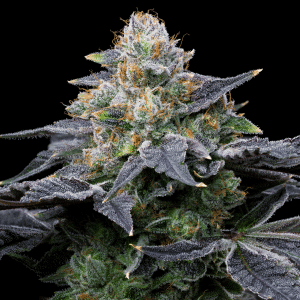
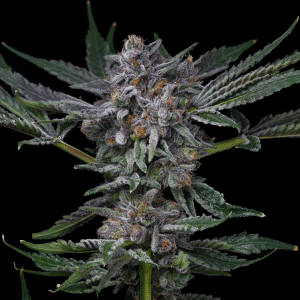
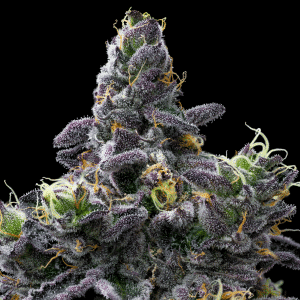
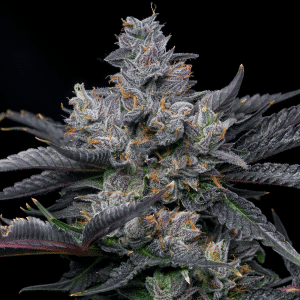
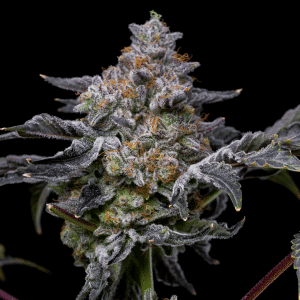
Offers
This product is not for use by or sale to persons under the age of 18. This product should be used only as directed on the label. It should not be used if you are pregnant or nursing. Consult with a physician before use if you have a serious medical condition or use prescription medications. A doctor’s advice should be sought before using any hemp products. All trademarks and copyrights are property of their respective owners and not affiliated with nor do they endorse this product. These statements have not been evaluated by the FDA. This product is not intended to diagnose, treat, cure or prevent any disease. By using this site you agree to follow the Privacy Policy and all Terms & Conditions printed on this site. All products contain less than 0.3% Cannabinoid-compliant with applicable Federal Laws. Please make yourself aware of any and all applicable laws regarding hemp in your jurisdiction. Premium Cultivars accepts no liability or responsibility regarding germination laws in any specific locale state or national jurisdictions.THCA products are not available for shipment to the following states: Hawaii, Idaho, Minnesota, Oregon, Rhode Island, Utah, Vermont *Note: Products with Total THC content above 0.3% must not be shipped to these states.
We want to help you get your hands on the seeds you want, take 20% off your next purchase when you enter your email below!
We want to help you get your hands on the seeds you want, take 20% off your next purchase when you enter your email below!